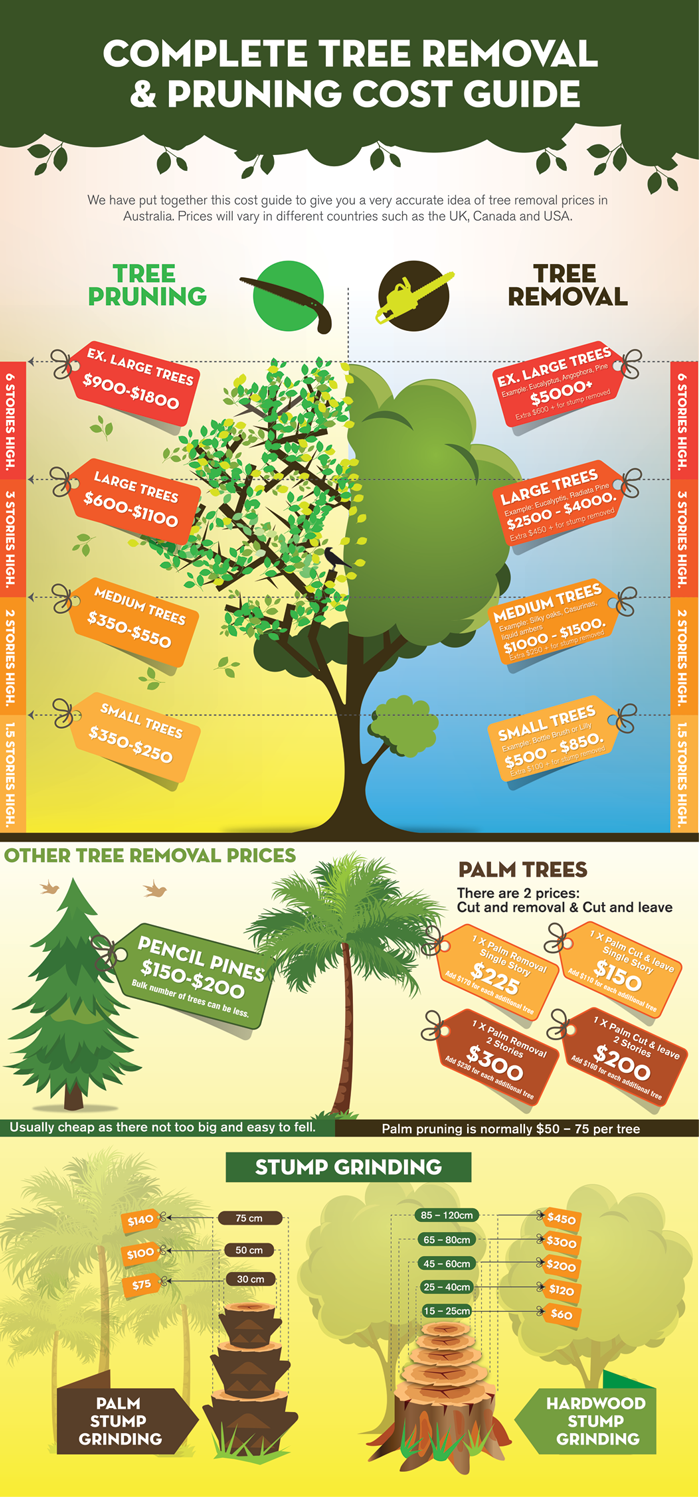Signs It's Time To Remove A Tree - A House Owner'S Guide
Signs It's Time To Remove A Tree - A House Owner'S Guide
Blog Article
Team Writer-Mcmahon Abrahamsen
Trees include appeal and worth to residential or commercial property, but they can also position a risk throughout extreme weather condition events. If a tree has stopped expanding, is showing visible fungal development, or has a leaning trunk, it ought to be removed by a specialist to avoid residential property damages and injury.
To get more information, attend a homeowner source fair co-hosted by HPD, the Center for NYC Neighborhoods, and Brooklyn-based real estate companions this night in Bedford-Stuyvesant. The occasion will include the House owner Handbook, a brand-new guide to help house owners browse the responsibilities of possessing a home.
1. https://columbustelegram.com/news/local/fruit-and-shade-tree-pruning-tips/article_7611174d-2b94-55e6-a173-b1759e909193.html or Dying Branches
Trees are an essential part of your home's landscape, offering color and elegance. They likewise offer shelter for wild animals and generate oxygen, however also healthy and balanced trees can experience health problems that may require their elimination. Dead or passing away trees aren't simply unpleasant, they can be harmful. Their branches might fall throughout a tornado, leading to costly building damage and injuries.
When a tree's branches begin to pass away, it implies that its structure is beginning to break down. If most of its branches are dead, it is most likely time to remove it.
Seek a lack of new development, bark peeling, open injuries or dental caries, fungis expanding on the trunk or roots and a general appearance of degeneration in the whole canopy. These indicators of infection can show a major issue that will certainly call for specialist tree services to fix.
2. Leaning Trunk
While it's normal for trees to lean every now and then because of phototropism, if a tree has a harmful or severe lean that's not due to natural processes - it could be an indication that the tree needs to be eliminated. If the tree is leaning toward a power line, home, lorry, play structure or any other location that could be harmful to individuals if it drops, after that getting in touch with a professional tree solution for elimination need to be a leading concern.
view it 's also crucial to expect any kind of sudden changes in a tree's leaning as it can suggest damages to the origins or trunk that may cause dropping. This is specifically real during thundercloud, because high winds and rain-soaked dirt can create a lean to transform rapidly. Normal monitoring, specifically throughout and after tornados can aid homeowners recognize prospective troubles with their trees so they can call an arborist for a thorough examination.
3. Pest Problem
Some pest problems, such as wood-boring bugs like emerald ash borer or sap-suckers like scale pests, are so severe that they can cause a tree to pass away. The very best way to avoid pest invasion is to monitor your trees regularly. Seek areas, openings, or discolorations in the leaves and bark. Take a look at the trunk for fractures and signs of insect damage, such as passages or tracks.
If a tree comes to be as well infested with insects, or is close to a home or power lines, an arborist might recommend removal. If a leaning tree creates a brand-new, unstable lean, an arborist will likely recommend elimination as well to ensure the security of people and property. If a weakened or dead tree consistently drops extreme branches, it is an indication that it is time to remove the tree. If a tree remains to shed branches for an extended period of time, it can cause architectural troubles and potential residential property damage.
4. Harmed Trunk
Trees are a stunning and important part of our landscape, however they do need regular care to maintain them healthy and safe. If a tree is harmed irreparable it is likely time for it ahead down.
Search for indicators of damage to the trunk, including vertical fractures, seams, dead branch stubs, noticeable wounds or open cavities and serious tree-rot. The presence of fungis at the base of the trunk is another alerting sign. Fungis might suggest that the phloem and xylem (life-support tissues) are compromised, allowing for the spread of disease or a future failing.
Likewise, think about whether the tree has actually quit expanding. Healthy trees will have brand-new development every year, which might show up as buds or branches growing and extending. If you don't see any type of new growth, it's a great idea to have an arborist examine the tree and follow their suggestion for elimination. A dying or damaged tree can drop and trigger property damages.